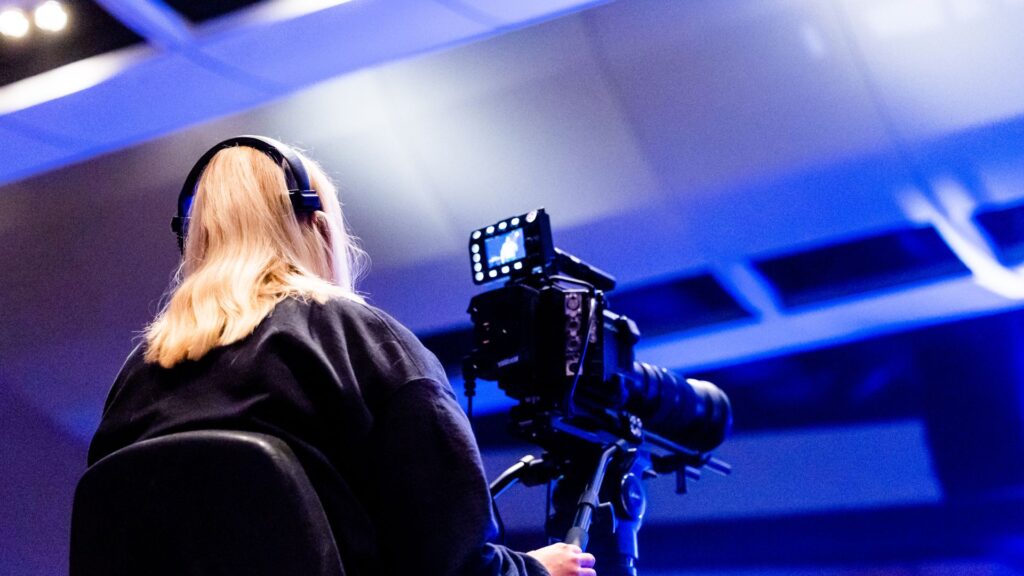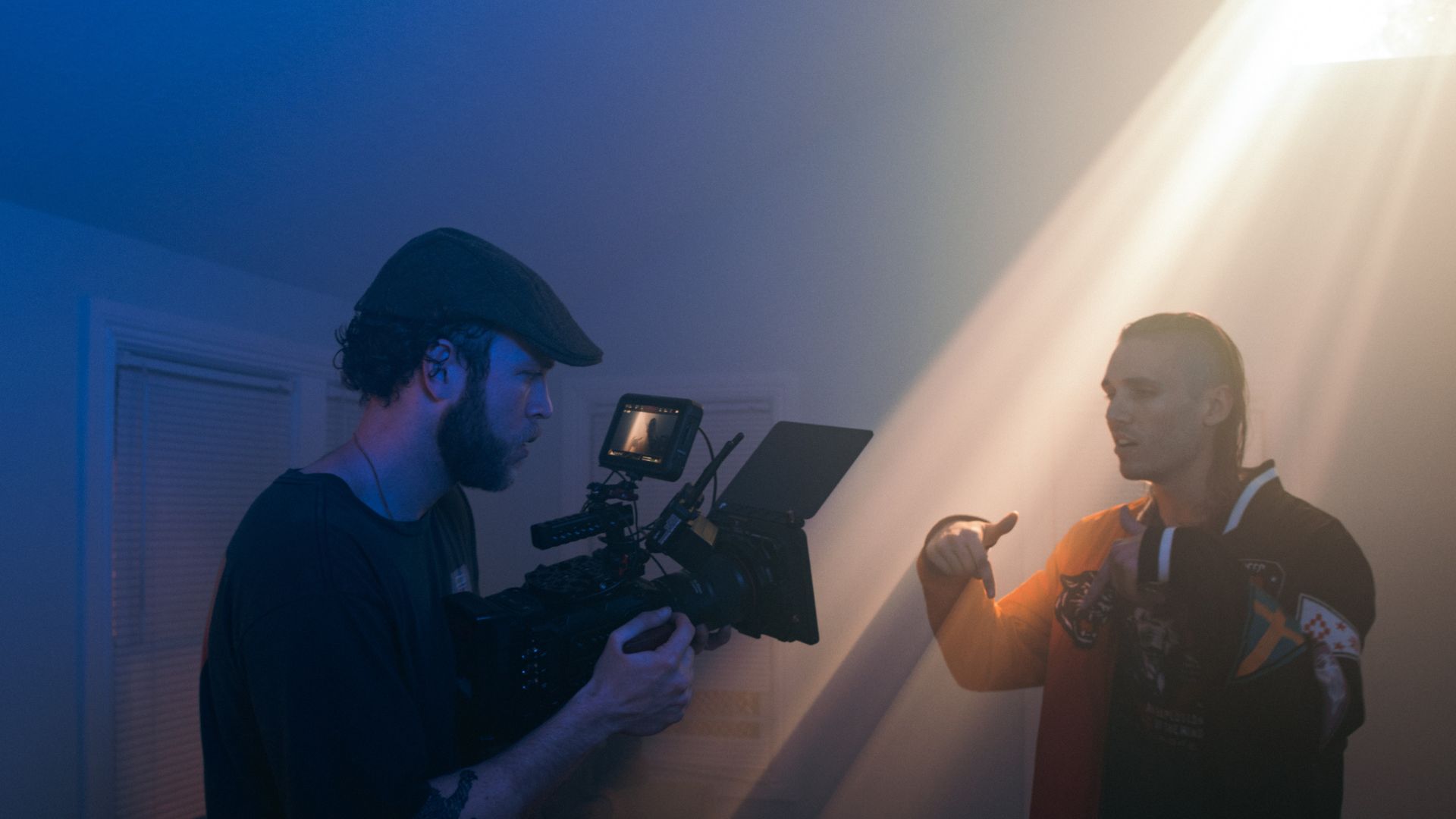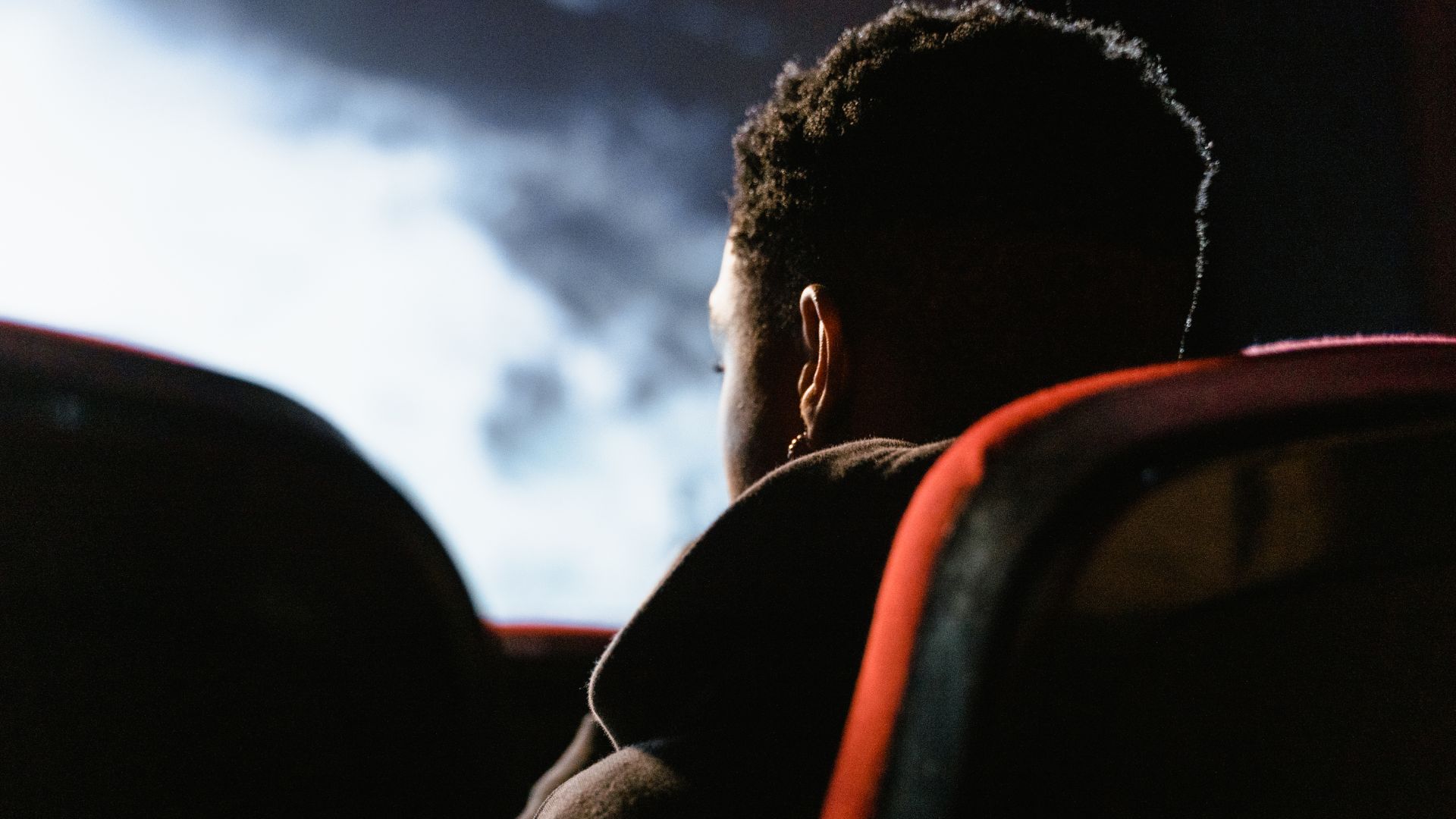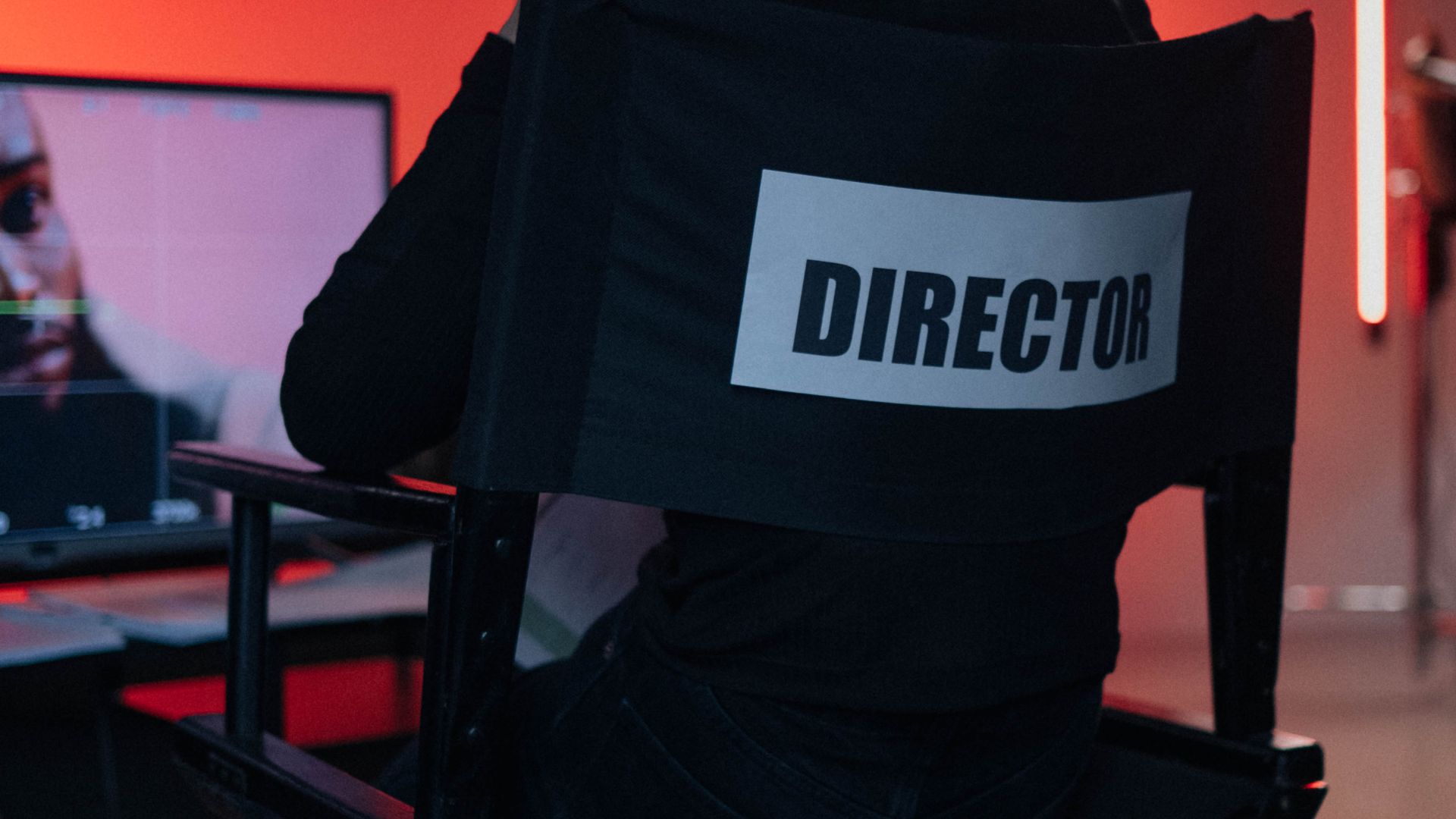Cinematography is often referred to as the art of storytelling through the lens of the camera, and for good reason. While dialogue, performance, and plot are all crucial elements of a film, it’s often the way a story is captured on screen that shapes our emotional response and enhances our understanding of the narrative. The way a camera moves, the angles it uses, the lighting, and even the colour palette can convey more than words ever could. Cinematography sets the tone, defines the mood, and often acts as a visual language that tells us more than what’s immediately visible on screen.
“Cinematography is the silent storyteller, weaving emotion, atmosphere, and meaning into every frame, guiding the audience’s heart and mind without saying a word.”
In this article, we’ll explore the vital role cinematography plays in storytelling, examining how camera work shapes the way we perceive and connect with a film:
- The basics of cinematography
- Iconic cinematography in film history
- Modern innovations in cinematography
- The importance of cinematography in visual storytelling

The basics of cinematography
At its core, cinematography encompasses several key elements that work together to tell a story visually. Understanding these elements helps to show how cinematography impacts the mood, tone, and overall experience of a film.
Lighting is perhaps the most fundamental aspect of cinematography. It can shape a scene’s atmosphere, influence the mood, and even symbolise aspects of the characters or themes. For example, high-key lighting (bright and evenly lit) is often used in comedies or musicals, creating a light, uplifting atmosphere. On the other hand, low-key lighting (with deep shadows) is common in thrillers or horror films, adding a sense of mystery or tension. The way light interacts with a subject can suggest emotions or even create a visual metaphor. Think of the harsh, high-contrast lighting in Blade Runner (1982), which highlights the film’s dystopian world, reflecting its themes of decay and artificiality.
Composition refers to how the elements of a scene are arranged within the frame. It involves decisions about what is included and what is left out, guiding the audience’s focus and subtly influencing the way we perceive characters and events. For example, placing a character at the centre of the frame can indicate their importance or dominance, while framing them off-centre might suggest isolation or powerlessness. The use of the rule of thirds (dividing the frame into a 3×3 grid) is a common technique to create visually pleasing, balanced compositions that guide the viewer’s eye naturally across the scene.
Camera angles also play a crucial role in shaping our emotional response to a scene. A high-angle shot, where the camera looks down on a subject, can make them appear weak or vulnerable, while a low-angle shot, where the camera looks up, can make a character seem powerful or imposing. For instance, the iconic low-angle shots of The Godfather (1972) give Marlon Brando’s character, Don Vito Corleone, an aura of power and authority.
Camera movement is another powerful tool in cinematography. Whether it’s a smooth dolly shot that follows a character’s movement or a handheld camera that creates a sense of immediacy and chaos, how the camera moves within a scene can enhance the emotional tone. A tracking shot, where the camera moves alongside the subject, can build tension, while a steadycam shot can create a sense of immersion, making the audience feel as though they are moving with the characters in the scene.
Iconic cinematography in film history
Some of the most iconic moments in film history owe much of their impact to the art of cinematography. In Citizen Kane (1941), directed by Orson Welles and shot by Gregg Toland, the use of deep focus—where both the foreground and background are in sharp focus—was revolutionary at the time. This technique allowed the audience to engage with the entire scene, not just the subject in the foreground, enhancing the narrative and making every element of the shot meaningful. The famous shot of young Kane playing in the snow, with his family in the background, symbolises the theme of lost innocence and the distance between Kane’s personal life and the world he later creates. The cinematography in Citizen Kane is widely regarded as a game-changer and set a new standard for visual storytelling in cinema.

Similarly, Christopher Nolan’s Inception (2010) uses cinematography to enhance the mind-bending, dream-like quality of the film’s plot. One of the most iconic sequences is the zero-gravity hallway fight, where the camera moves seamlessly through a rotating hallway as characters battle. The practical effects, combined with expert camera work, create a sense of weightlessness and disorientation that reflects the disintegrating boundaries between dream and reality. The camera angles and movement in this scene allow the viewer to physically experience the confusion and fluidity of dreams, making the plot twist feel all the more impactful.
Modern innovations in cinematography
While traditional cinematographic techniques still hold strong, modern filmmakers have embraced new technologies to push the boundaries of what’s possible. One of the most significant advancements in cinematography has been the use of drones to capture stunning aerial shots. Drones allow filmmakers to explore angles that were once incredibly difficult or expensive to achieve. This has led to breathtaking visuals, like those in The Revenant (2015), where sweeping aerial shots of rugged landscapes underscore the harsh, unforgiving nature of the film’s setting. Drones provide a unique perspective that can convey isolation or grandeur in ways that traditional camera equipment couldn’t.
IMAX cameras have also played a major role in modern cinematography. IMAX allows for higher resolution and a much larger screen format, offering an immersive viewing experience. Films like Gravity (2013), directed by Alfonso Cuarón, used IMAX technology to immerse viewers in the vast, empty emptiness of space. The wide, expansive shots of Earth from orbit, captured with IMAX cameras, highlight the vulnerability of the human characters against the enormity of space, which heightens the film’s sense of isolation and tension.
3D technology is another example of how cinematography has evolved. While 3D films were once seen as a gimmick, films like Avatar (2009) proved that 3D can be used to enhance storytelling rather than detract from it. James Cameron’s use of 3D in Avatar helped immerse audiences in the lush world of Pandora, making the visuals feel more tangible and alive. The careful use of depth, combined with dynamic camera movement, pulled viewers deeper into the world, making the film’s narrative more immersive.
The importance of cinematography in visual storytelling
Cinematography is far more than just the technical art of capturing images; it’s a crucial element of visual storytelling that shapes the way audiences experience a film. From lighting and composition to camera movement and technological innovations, cinematography has the power to influence mood, tone, and meaning. It can elevate a simple scene into something visually stunning or emotionally profound, and it helps to communicate the themes and subtext of a film in ways that words alone cannot.
Let’s recap the art of cinematography:
- Cinematography is a vital aspect of storytelling, using visual elements like lighting, composition, camera angles, and movement to convey mood, tone, and message in a film.
- Lighting sets the atmosphere, composition guides the viewer’s focus, camera angles influence power dynamics, and camera movement enhances emotional depth and immersion in a scene.
- Classic films like Citizen Kane and Inception showcase how innovative cinematography—such as deep focus and zero-gravity shots—can enhance narrative and immerse the audience in the story.
- Technologies like drones, IMAX cameras, and 3D have revolutionised cinematography, providing new ways to capture breathtaking visuals and immerse audiences, as seen in films like The Revenant and Avatar.
- Cinematography continues to evolve with new technologies and creative approaches, enhancing visual storytelling and shaping the future of cinema.
As technology continues to evolve, so too does cinematography, offering filmmakers even more tools to express their vision. Whether through traditional techniques or cutting-edge innovations like drones, IMAX, and 3D, cinematography remains an essential part of modern filmmaking. The future of cinema looks exciting, as new technologies and creative approaches to camera work continue to push the boundaries of visual storytelling.







